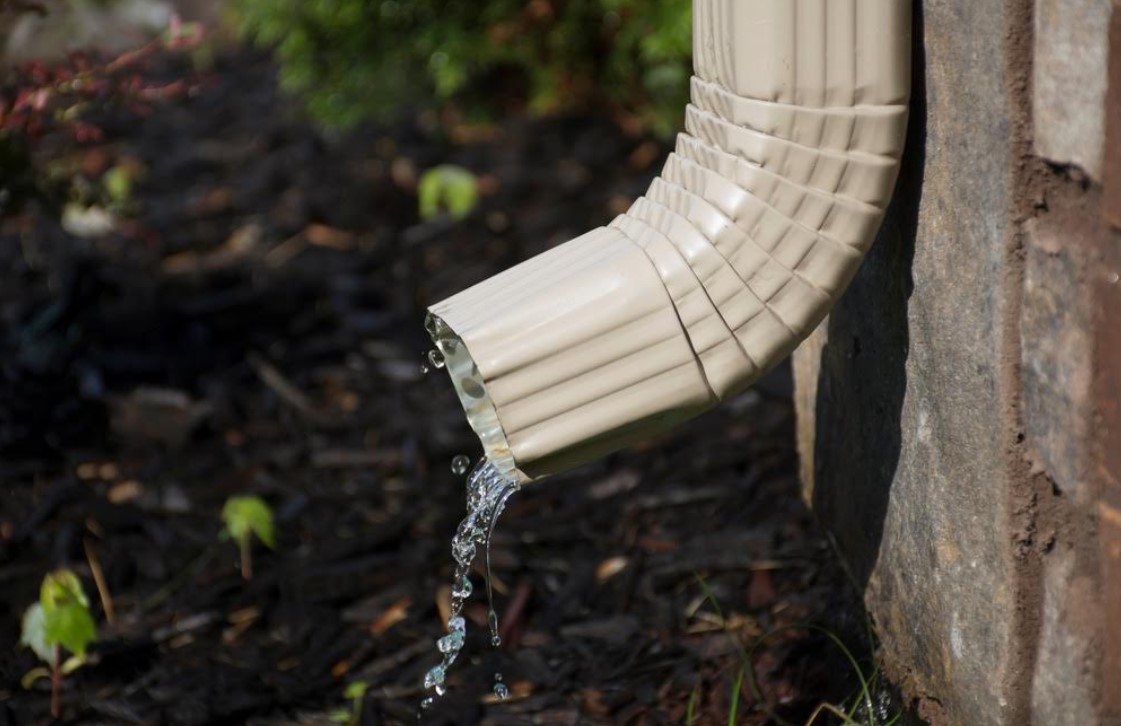
Creating a beautiful outdoor oasis requires homeowners to dedicate significant time, funds and energy towards their landscaping. However, not everyone recognizes the critical significance of safeguarding their well-designed outdoor spaces.
Proper Irrigation
A good irrigation system is key for keeping plants healthy and saving water. Watering too much leads to root rot and other illnesses, while not enough causes stress and slows growth. Invest in a high-quality irrigation system, such as drip lines or soaker hoses, to provide the appropriate amount of water to your plants.
Implement Rainguard Gutters
Installing Rainguard gutters on your home is an effective way to protect your landscaping from potential water damage. According to the experts at Global Gutter Systems, based out of California, these gutters collect and redirect rainwater away from your property, preventing soil erosion, puddling, and damage to your plants. Rainguard gutters also help to maintain the overall health of your landscaping by preventing the over-saturation of your garden beds.
Pest Control
Pests can cause significant damage to your landscaping, often leading to expensive repairs or replacements. Regularly inspect your plants for signs of pests and address any infestations promptly. Try organic pest control methods like bringing in beneficial bugs or using natural repellents when you can, to keep your plants and the environment safe.
Pruning and Maintenance
Regular pruning and maintenance are essential for keeping your landscaping looking its best. Prune trees and shrubs to remove dead or damaged branches, promote new growth, and maintain their shape. Be sure to use sharp, clean tools and follow proper pruning techniques to avoid causing unnecessary stress or damage to your plants.
Protecting Your Landscaping from Wildlife
Wildlife can be both a blessing and a curse for homeowners. While it’s enjoyable to watch birds and other animals visit your yard, they can also cause damage to your landscaping. To protect your plants, consider installing fencing or netting around your garden beds or using repellents to deter unwanted visitors. Providing bird feeders and nesting boxes, among other sources of food and shelter for wildlife, can also aid in diverting animals from damaging your plants and promote a harmonious ecosystem in your yard.
Preparing for Seasonal Changes
Each season brings unique challenges for your landscaping. To ensure its continued health and beauty, it’s essential to prepare for these changes. In the spring, clean up any debris left over from winter, apply fresh mulch, and inspect your plants for any damage. Summer is the time to focus on watering, pest control, and regular maintenance. As fall approaches, begin to cut back perennials, plant spring-blooming bulbs, and winterize your irrigation system. Keep your plants safe in winter by throwing some burlap over them or adding a layer of insulation.
Storm Protection
It is crucial to take measures to reduce potential harm as severe weather has the potential to cause devastating effects on your landscaping. Anchor or stake young trees and large shrubs to provide additional support during high winds. Clear gutters and downspouts regularly to prevent water from overflowing and damaging your plants or causing soil erosion. If you’re expecting a rough storm, maybe put sandbags or plywood up to shield your yard from wind and water damage.
Conclusion
Protecting your landscaping is a crucial aspect of maintaining its beauty and longevity. Implementing proper irrigation and drainage systems like rainguard gutters, and conducting regular maintenance means you can ensure that your outdoor living space remains an inviting and enjoyable retreat for years to come. You can also seek guidance from a skilled landscaper or your nearby plant store for more personalized suggestions based on your individual requirements and weather conditions.
